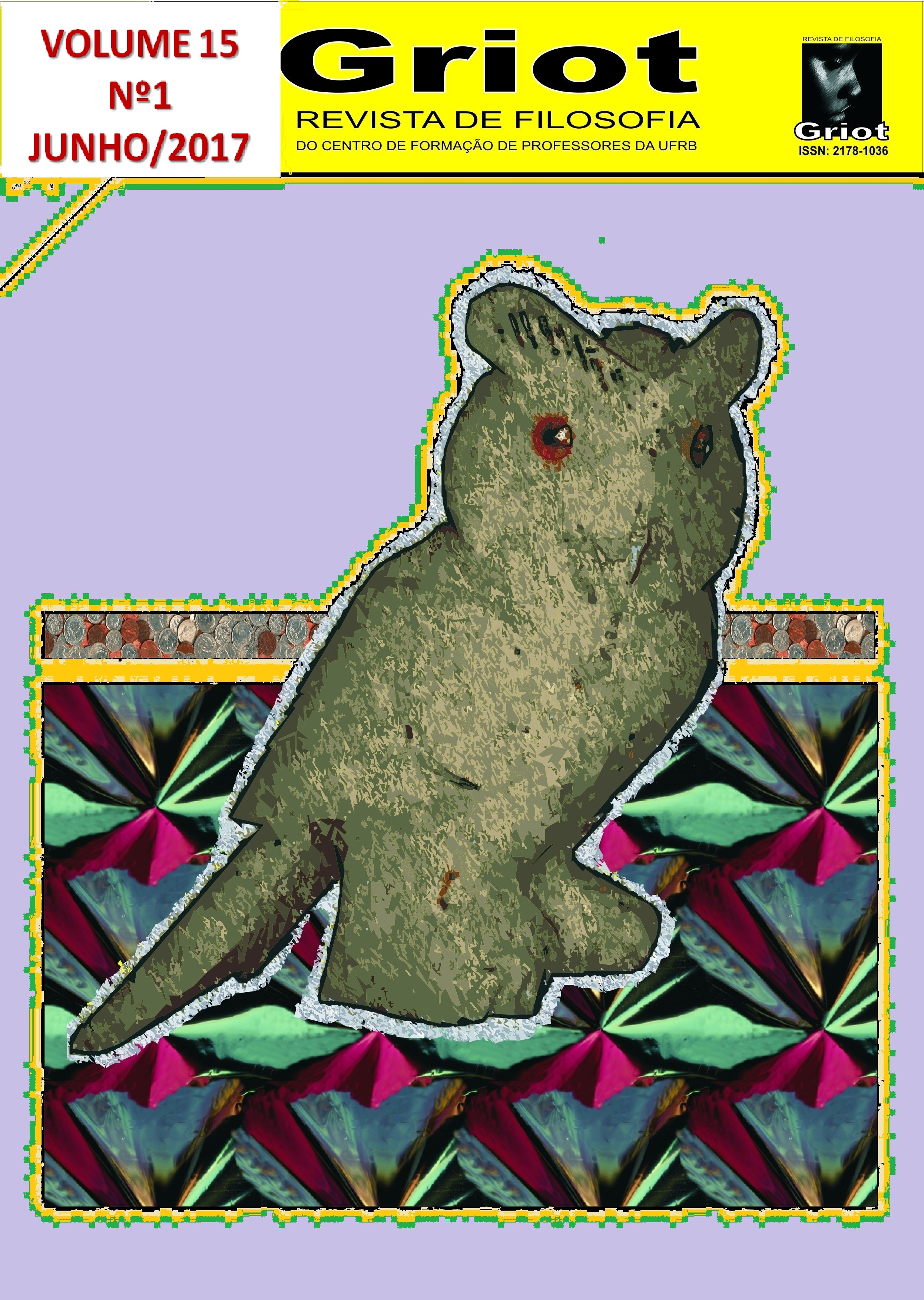The work of art as a common object
DOI:
https://doi.org/10.31977/grirfi.v15i1.737Keywords:
Art History; Modern Art; Walter BenjaminAbstract
The aim of this article is to relate Duchamp's ready-made – a work of art that is identical to a common object – with the history of art that preceded it and to understand how its radical rupture was already contained in that history. I choose to start it with an introduction and interpretation of the ready-made. Then, supported by Gombrich, Greenberg and others, I examine the three types of art in history proposed by Peter Bürger, focusing in the question of the reality/unreality of the work, gradually approaching the relation of the work with its character of object. My main point is that the two-dimensionality of the paiting reinforces the existence of the canvas (or of the support in question) and thus also the relation of its experience with the concrete world in which the paiting is found, as opposed to the dramatic illusion of the three-dimensional picture. Hereafter, I examine the impressionists, when its started a movement that goes to the reality of the canvas, which is then radicalized in various aspects of modernism, where Duchamp is found. Having taken this course, I examine Bürger's concept of vanguard and its relation to what he calls the "vital praxis", the world outside the illusionist framework, which I explain through Walter Benjamin's idea of distraction. Here, I suggest to think the ready-made as a proposal of transposition of art and its theory to the "non-artistic" world of the common things.
Downloads
References
BELTING, Hans. O fim da história da arte. São Paulo: Cosac Naify, 2012.
BENJAMIN, Walter. Magia e técnica, arte e política: ensaios sobre literatura e história da cultura. São Paulo: Brasiliense, 1994.
BÜRGER, Peter. Teoria da vanguarda. São Paulo: Cosac Naify, 2013.
CABANNE, Pierre. Marcel Duchamp: engenheiro do tempo perdido. São Paulo: Perspectiva, 2012.
DUCHAMP, Marcel. O Ato Criador. In: BATTCOCK, Gregory (org.) A nova arte. São Paulo: Perspectiva, 1986.
DACHY, Marc. Dada: The Revolt of Art. London: Thames & Hudson, 2006.
DANTO, Arthur. O descredenciamento filosófico da arte. Belo Horizonte: Autêntica, 2014.
FLORIÊNSKI, Pável. A perspectiva inversa. São Paulo: Editora 34, 2012.
GOMBRICH, Ernst Hans. A História da Arte. Rio de Janeiro: LTC, 2013.
GREENBERG, Clement. Arte e Cultura. São Paulo: Cosac Naify, 2013a.
GREENBERG, Clement. Estética Doméstica. São Paulo: Cosac Naify, 2013b.
GREENBERG, Clement. A Pintura Modernista. In: BATTCOCK, Gregory (org.) A nova arte. São Paulo: Perspectiva, 1986.
HELLER, Agnes. O Cotidiano e a História. São Paulo/Rio de Janeiro: Paz e Terra, 2016.
HUME, David. História Natural da Religião. São Paulo: Editora UNESP, 2005.
PEDROSA, Mário. Arte. Ensaios: Mário Pedrosa. São Paulo: Cosac Naify, 2015.
ZIZEK, Slavoj. Lacrimae Rerum: ensaios sobre o cinema moderno. São Paulo: Boitempo, 2009.
Downloads
Published
How to Cite
Issue
Section
License
The authors who publish in Griot: Revista de Filosofia maintain the copyright and grant the magazine the right of first publication, with the work simultaneously licensed under the Creative Commons Attribution 4.0 International License, allowing sharing and adaptation, even for commercial purposes, with due recognition of authorship and initial publication in this journal. Read more...









































































